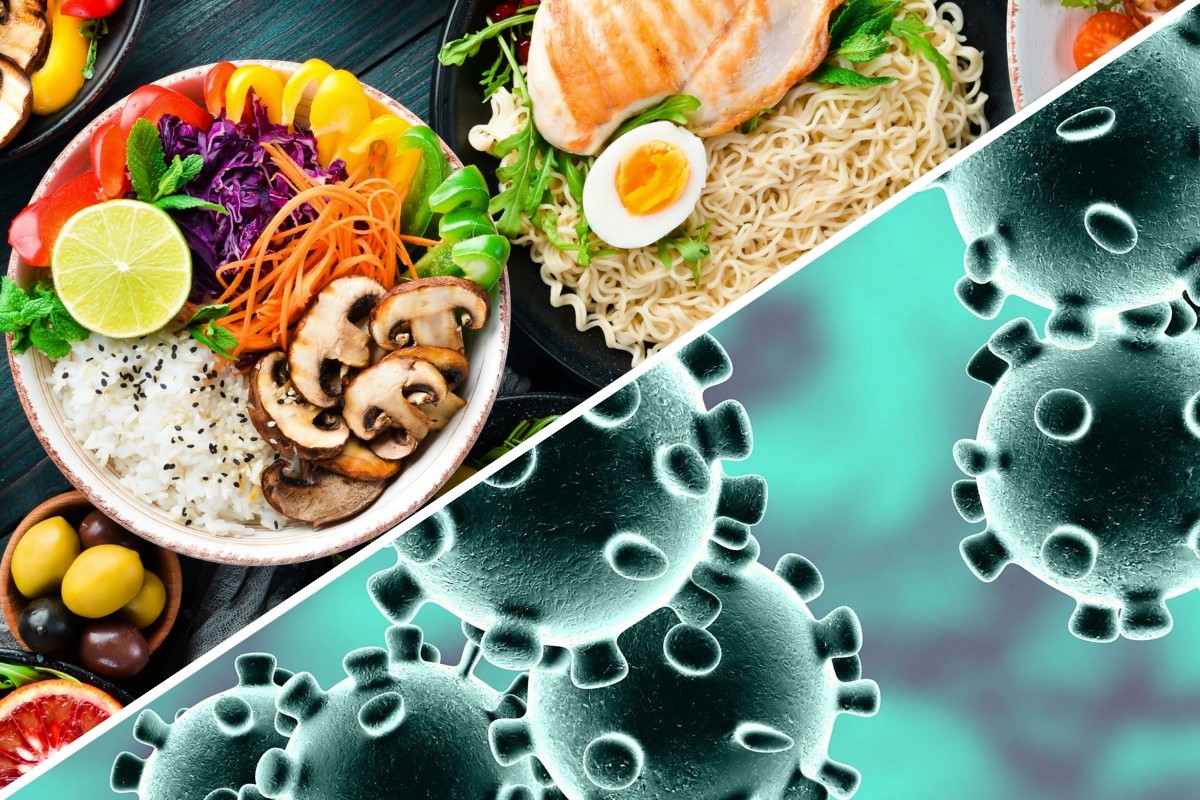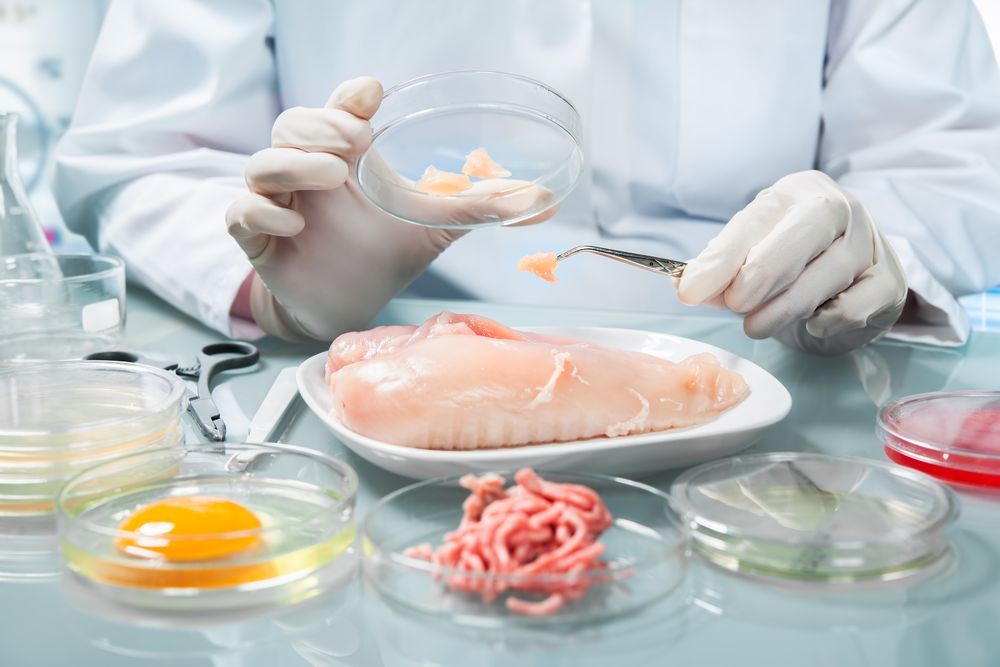
Contaminated Food Infection: what it is, cures and treatment
Contaminated food infections are contracted by ingesting food contaminated with pathogens. Sometimes, pathogens that contaminate food can also be contracted without eating it
This is the case with salmonella, which can contaminate eggs and can also contaminate utensils or other foodstuffs by contact.
Campylobacter, a bacterium that can contaminate chicken, can also be spread in the kitchen by water.
This is why it is good to pay attention to hygiene in the kitchen, cleaning hands, thoroughly washing utensils and surfaces that have been in contact with one food before handling another and paying attention to contact between cooked and raw food.
Symptoms and diseases associated with contaminated food infections
There is no single syndrome associated with contaminated food infections.
Symptoms vary from case to case depending on the bacteria, virus or parasite causing them.
For example, a bacterium or the toxins it produces can cause gastrointestinal symptoms.
These are the alarm bells most often associated with contaminated food infections, in particular
- nausea
- vomiting
- abdominal cramps
- diarrhoea
What is a contaminated food infection?
Contaminated food infections can have very different pathogens at their base: bacteria, viruses or parasites.
To date, more than 250 different infections caused precisely by contaminated food have been described.
In many cases, these are microbes present in apparently healthy animals (usually in their intestines) reared for food.
Meat (including poultry) can be contaminated during slaughter through contact with small amounts of intestinal material.
Fresh fruit and vegetables, on the other hand, can be contaminated by washing or irrigation with water contaminated with animal or human excrement residues.
Other examples are salmonella, which can infect a hen’s ovaries by contaminating eggs even before the shell is formed, and seafood, which can accumulate bacteria naturally present in seawater or washed into it with discharges from human activities.
Cures and treatments in contaminated food infections
The treatment of contaminated food infections depends on the nature of the pathogen that caused them.
In most cases, the first rule is to ensure adequate hydration; this will address both dehydration and electrolyte loss typically associated with the symptoms of contaminated food infections.
To ensure adequate hydration, it is necessary to drink water; if symptoms include vomiting, only small amounts should be sipped.
In addition, gastrointestinal disorders also often make eating difficult.
Therefore, after a contaminated food infection it is necessary to resume eating gradually, choosing easy-to-digest foods such as rice, potatoes, bread, cereals, lean meat and bananas.
On the other hand, fatty and sugary foods, dairy products, products containing caffeine and alcohol should be avoided.
With regard to medication, in adults certain active ingredients may be useful in combating diarrhoea (e.g. loperamide), but are contraindicated if there is blood in the stool.
It should also not be forgotten that in cases where the infection is caused by bacteria or parasites, over-the-counter medicines may even prolong the disorder.
The use of antibiotics, on the other hand, is variable and sometimes controversial
Some studies suggest that erythromycin may be useful in the case of Campylobacter infections, while in the case of salmonellosis recourse to these drugs is discouraged, unless there are extra-intestinal symptoms, the child is less than three months old or in the presence of chronic degenerative diseases.
Antibiotics (usually ampicillin and gentamicin) are the treatment of choice in cases of Listeria infection.
In case of health-threatening symptoms and complications, hospitalisation may be necessary.
Disclaimer: The information provided represents general information and in no way replaces medical advice.
If you feel unwell, you should consult your doctor or go to the emergency room.
Read Also:
Emergency Live Even More…Live: Download The New Free App Of Your Newspaper For IOS And Android
Tracheal Intubation: When, How And Why To Create An Artificial Airway For The Patient
Respiratory Arrest: How Should It Be Addressed? An Overview
How To Manage A Prehospital Burn?
Irritant Gas Inhalation Injury: Symptoms, Diagnosis And Patient Care



